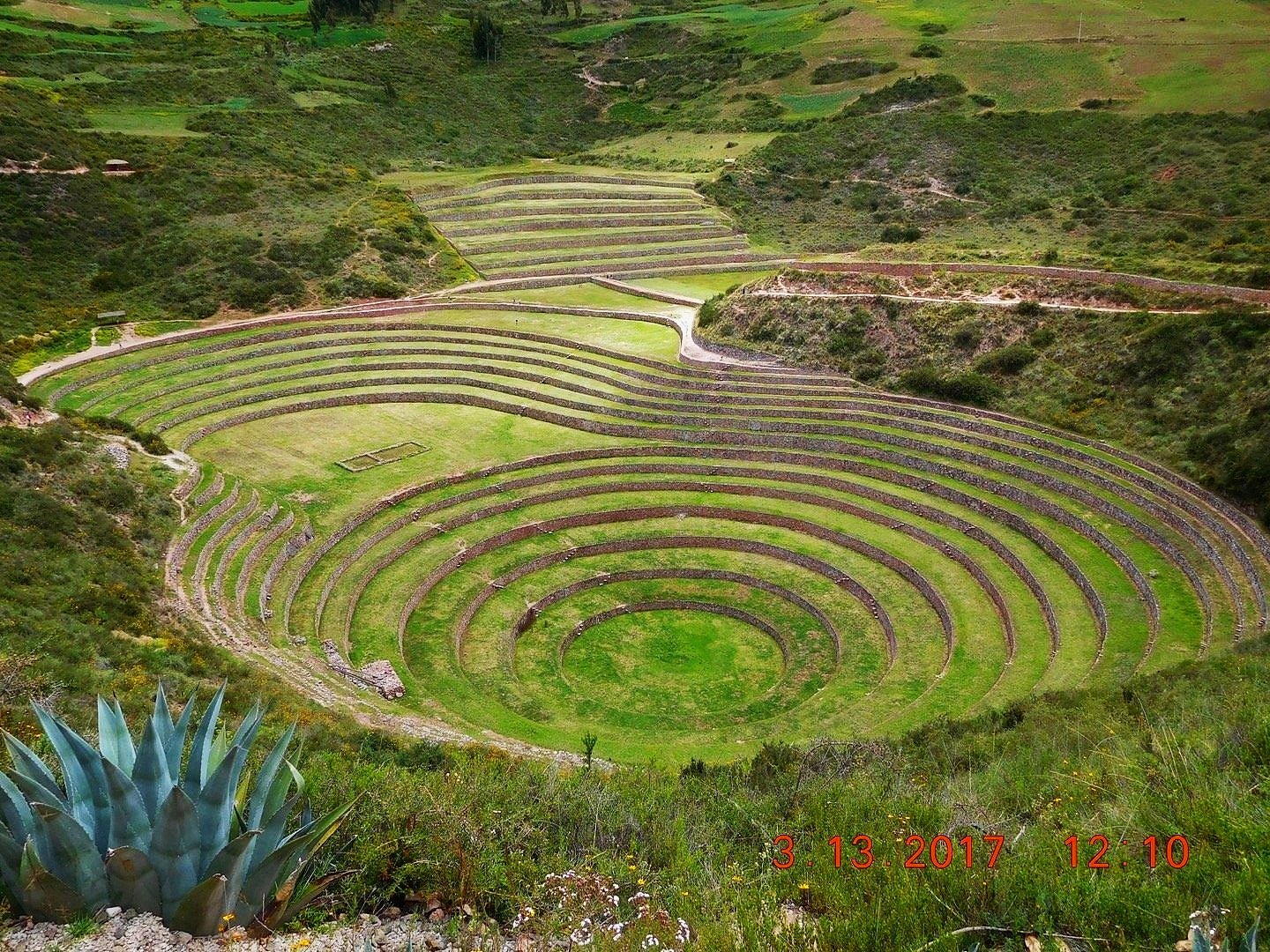
“Only when our clever brain and our human heart work together in harmony can we achieve our true potential.”
― Jane Goodall
Mangrove removal to restore fishpond to learn about how ancient fishing techniques can restore local fish populations and promote more sustainable fishing practices.
Learning from our past
I believe that learning where we come from and how people did it before us gives us the wisdom and ability to start ahead. There is no reason to “reinvent the wheel” in every seemingly new learning situation.
Good science always includes all data. All data is information. Whether it is useful or whether it helps shape new parameters to address error in a design. I think the way people learn most effectively is to take into consideration all the data. How has our personal past, cultural past, environmental past, inform where we are right now, and how we know what we know? What do we already know that could help us know this new thing better?
New tech and new knowledge is never totally new, there is always a shred of old to anchor new content and skills, allowing for more meaningful learning and effective association.
Learning from doing
The brain is a complex organism that is constantly coding and recoding sensory input. There is a misconception that memory exists in the brain only. That one modality is the best way for learning (i.e. visual, auditory, tactile etc.) However, we all know that there is memory stored in your organs in your body, we have “muscle memory” from automated body systems like the heard knowing when to beat, lungs knowing when to take in air, and how to sink that free throw when everyone is booing you, or how to do that boring commute with barely even recognizing that you were driving in the first place. We remember in our bones, in our muscles in all parts of our body. So the more pathways we create to connect information, the stronger the recall. Learning in multiple ways, as many as is appropriate allows for the brain to “remember” in more than one way, so that when it comes time to remember, there are lots of routes to the same information. “Doing” can help a student with test anxiety be less mindful of the situation, so they can work in autopilot. “Doing” can help students with attention difficulties because it allows for more a more rewarding experience if the body can be involved. “Doing” can make big words like solubility, buoyancy, miscibility and inter-particle forces seem easier because you can see what they mean, the reason a boat floats in water (see the picture on the right). Most people can learn just about anything if it’s in a format they can access.
Building boats to teach concepts of buoyancy, surface area, project planning, making measurements, operating carpentry tools, and of course the joys of using varnish and epoxy to learn about waterproofing and sealing water floating devices (solubility, miscibility, and inter-particle forces).
An example of a homepage to my Medical Problem Solving class with Global Online Academy. Students come from all over the world to take high school level electives through this school to supplement traditional curricula at their home brick and mortar schools.
Learning online
Technology is a tool to help deliver well organized and facilitated information. I do not believe it takes the place of a teacher or does it make it automatically accessible to “tech natives” as we often think of our young students.
I have been fortunate over the course of the last decade teaching for GOA, to learn from a dedicated group of educators and administrators with a vision for effective online learning. This has afforded me the opportunity to learn from educators and administrators dedicated to the art of teaching and learning online.
Both teaching and learning online is a new skillset. It is important to see it as such.
Social Emotional Learning
Learning is complex. Learning is neural, muscular, and visceral. To understand how to optimize learning it requires an integration of the mind and the brain. We are always learning. We might not be learning what we intend, but we are always absorbing and someone/something is always informing our thoughts, habits, and choices. I think it is important to be aware and able to be selective, thoughtful, and disciplined about the ways we are training our brains.
Fight, flight, or freeze is not something we can control. It is a carryover of our evolutionary process. This mechanism of an adrenal shot when we are scared or in precarious situations has kept us safe from harm over generations of hunter gatherer life. However, we find these stress responses in the academic arena to create a challenging context for some to learn. How we are emotionally matters for learning. Salient memory formation, cognitive ease, effective recall are all based in if we are feeling safe and able to have the oxygen flowing to the brain not the legs. I think having the material “feel” good and setting the right expectations and perspectives about outcomes and stakes is just as important as the content so that students can see themselves as showing what they know in assessments vs. proving their worth.
Neural communication is not aware of the quality of input, just that there is input. And how often that input is reinforced.




